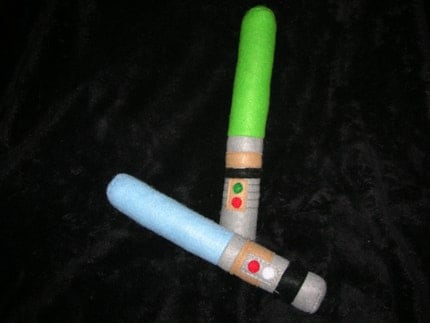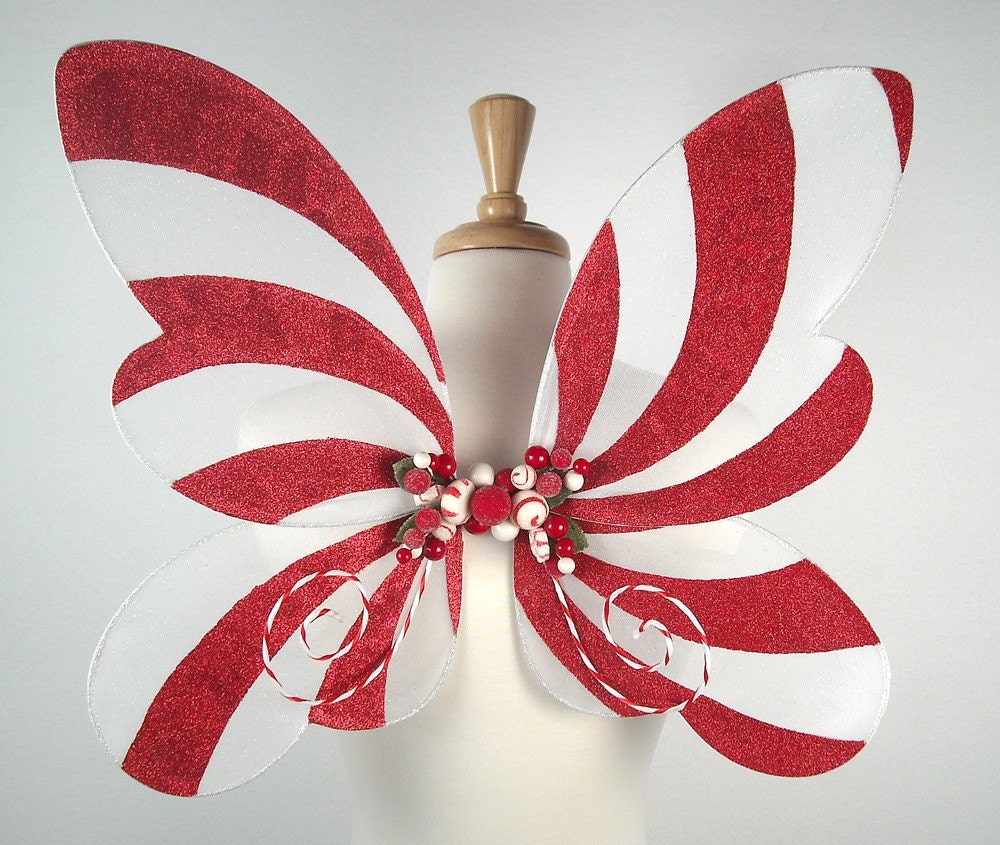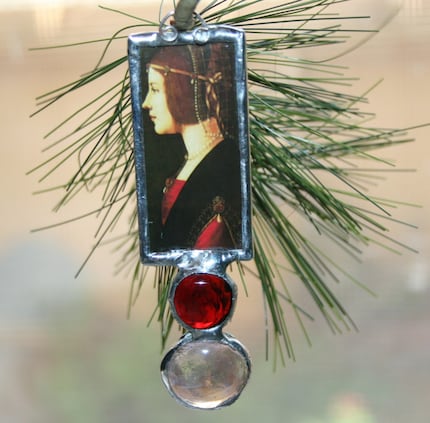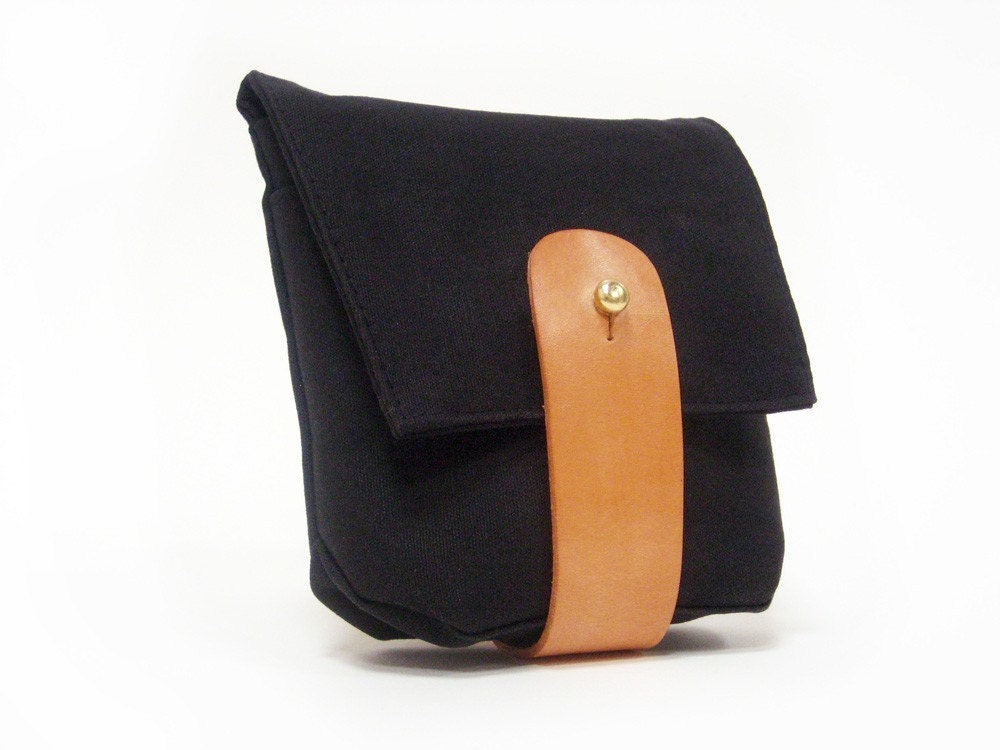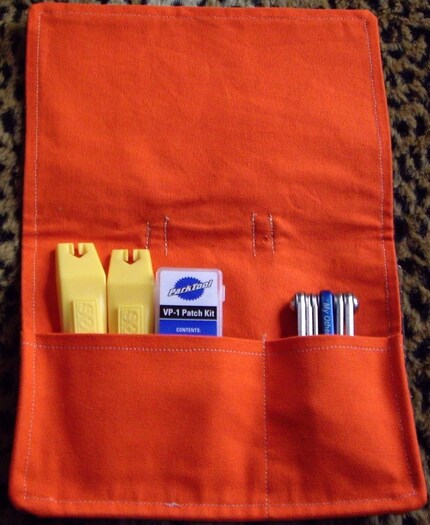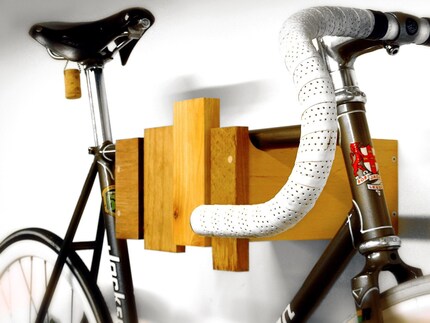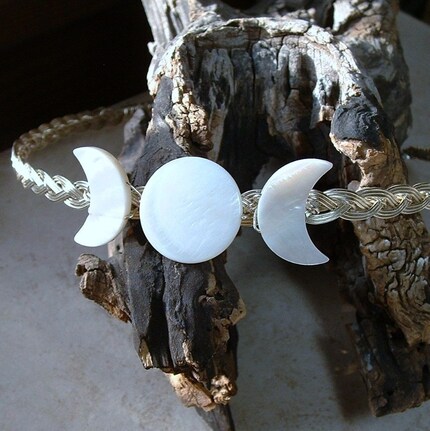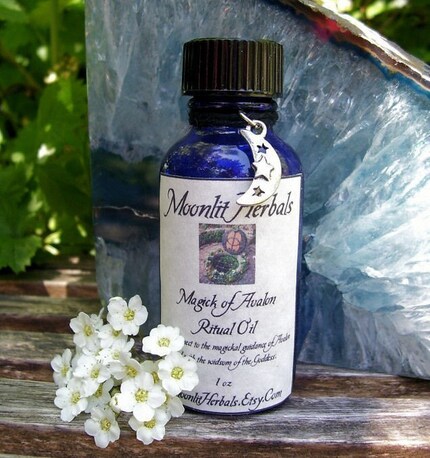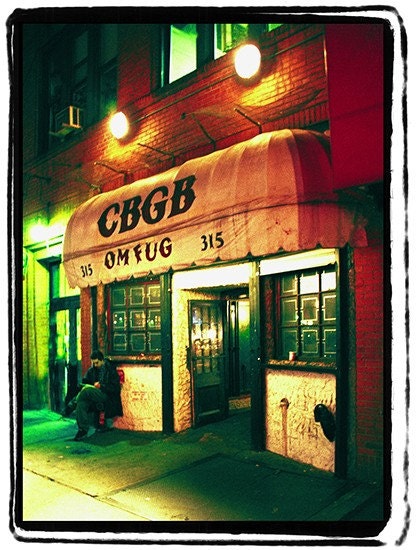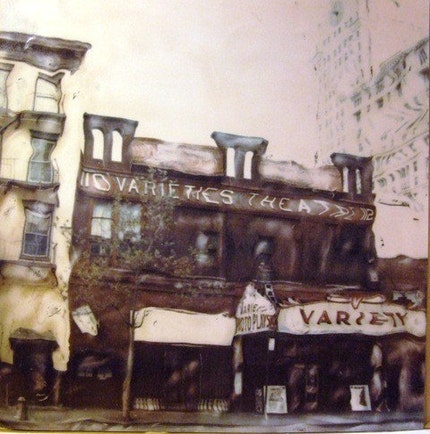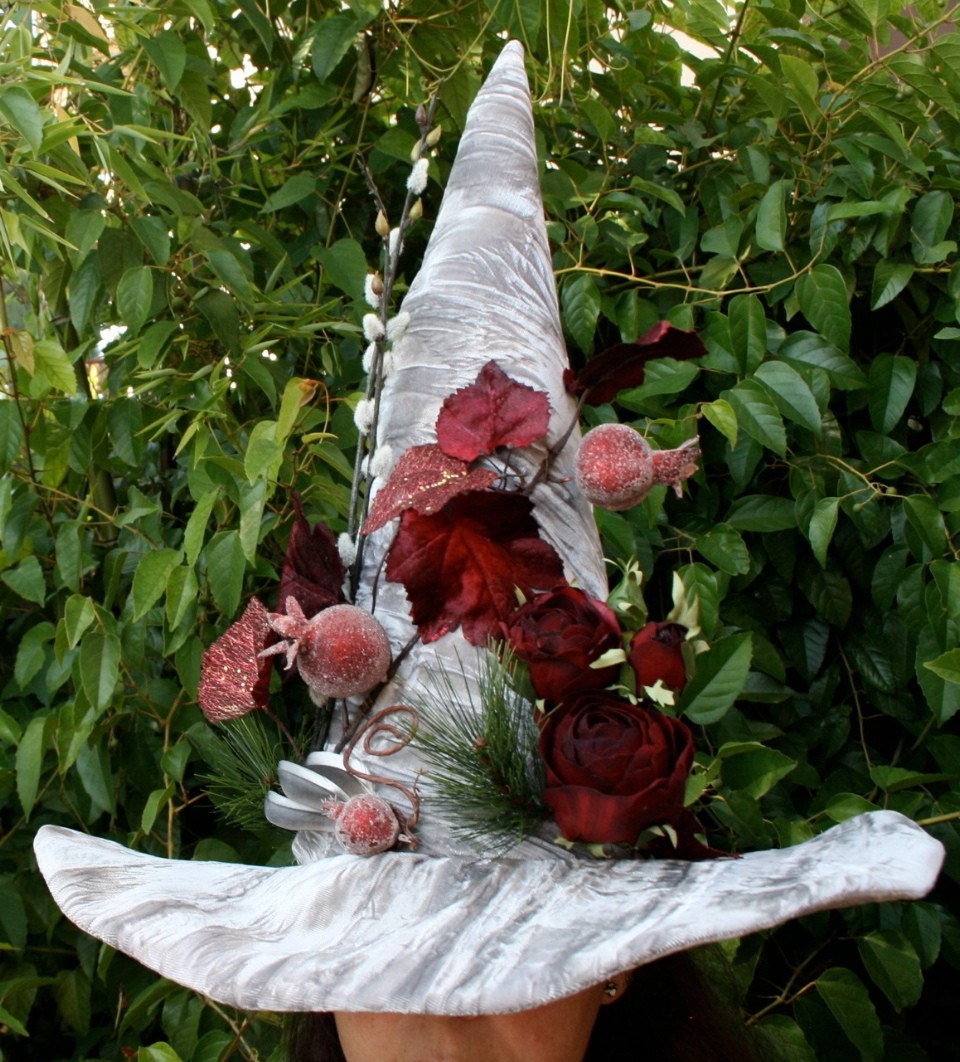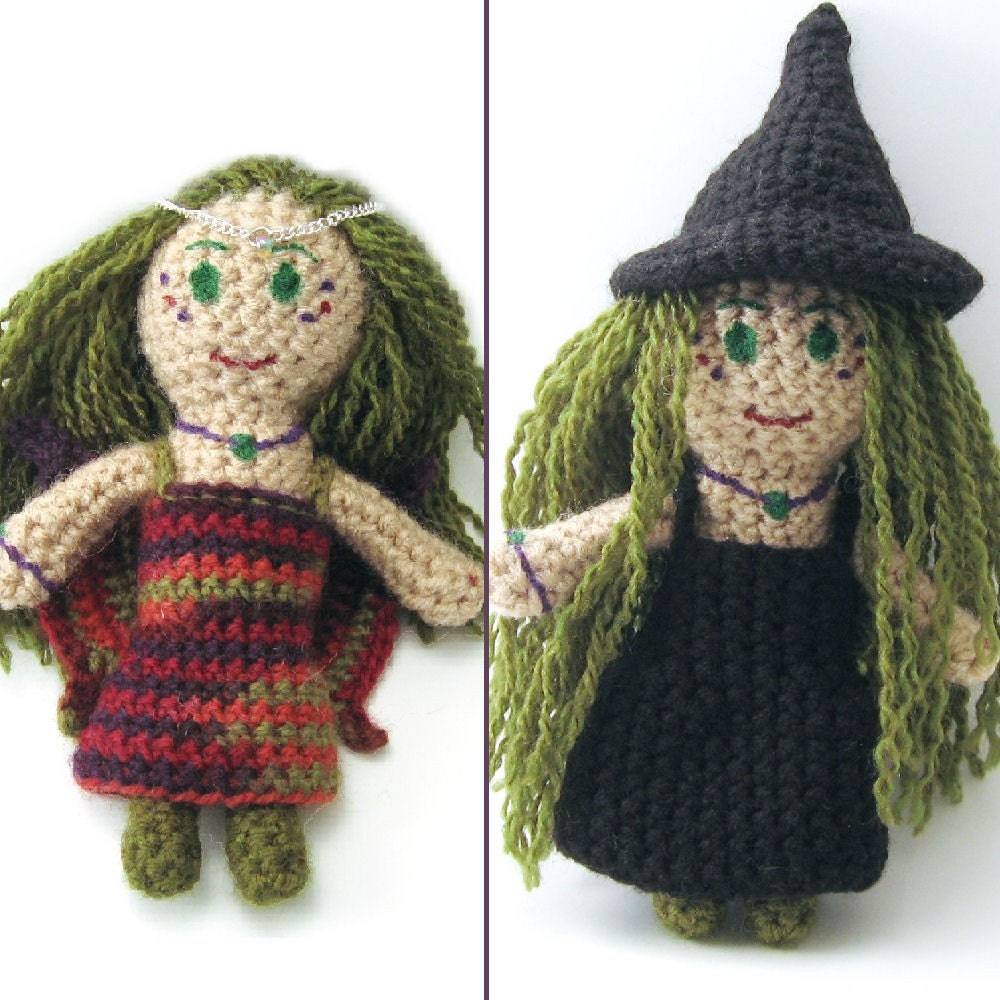As of last night, I'm officially a member of the
FL Herb Society. Really nice group of ladies, a topic I enjoy, and an excuse to get out and do something. Okay, I'm in. =)
At last night's meeting, we had an herbal vinegar hands on workshop. Beautiful bottles filled with fragrant herbs and some good quality vinegar equal a really pretty, easy to make project that will last throughout the year. Herbal vinegars are a simple way to add flavor to salads, soups, stews, marinades, beverages, and even desserts without added calories, fat, sugar, or salt.

We were told to bring some herbs and bottles, but it turns out that they supplied an enormous amount of gorgeous, fresh herbs and some complimentary bottles (someone had a lot of those little wine bottles laying around!). There were a lot of amazing suggestions for herb & fruit combinations. I made two vinegars while I was there and another when I got home. Since I love Italian food, I made an Italian inspired vinegar while I was there (basil & garlic). I also used one of the suggested combinations of cranberry & rosemary because it just sounds amazing and looks so beautiful in the bottle. Since I had collected a bunch of my own herbs, I made one more vinegar when I got home with basil, rosemary, oregano, and garlic. I used red wine vinegar for all three.
A good rule of thumb is one cup of fresh herbs to flavor one quart of vinegar. Use a good quality vinegar between 6-8% acidity. Clean your herbs and pat dry. There are many recipes that call for heating your vinegar, but it's not necessary. Heating it will infuse it quicker, but the results of the slightly longer wait are supposedly more than worth it (it's my first try, so I don't know yet). Loosely fill your bottle with your herbs of choice and then fill with vinegar. Cap (you should probably use a cork or wax paper with a rubber band since the vinegar's acid will eat away metal) and store in a cool, dark, dry place for 4-6 weeks. When you are satisfied with the flavor, strain through white paper towels or coffee filters until the paper is clean (it may take several tries). Add some fresh herbs to a clean, sterile bottle, fill with the filtered vinegar, seal & label.
Fruit vinegars are made a bit differently. Combine all your ingredients (fruit and vinegar alike) in the top of a non-aluminum double boiler. Simmer, uncovered, approximately 10 minutes. Place in a large glass jar and store 3 weeks. Strain, pressing the fruit to get the juice out. Filter. Add a few berries, fruit, and herbs to your sterilized bottle and fill with your filtered vinegar. Seal and label.
Flavored vinegars will keep up to 18 months or longer if stored in proper containers in a cool, dark place. Some fruit sugars are likely to caramelize after a while and turn slightly brown. It's not attractive but it isn't harmful either. Use fruit vinegars within 3 months to avoid this. Vinegar is a natural preservative, so refrigeration is not necessary.
Cleanliness is essential. Be sure to wash all utensils, bottles, and equipment in hot, soapy water and then rinse in hot water. Always use non-reactive materials such as glass, plastic, or stainless steel.
If you are making some herbal or fruit vinegars for gifts this holiday season, dip your cork into hot wax, add a label, and write a recipe for its use on a small hang tag to tie around the neck of the bottle.
Of course, herbal vinegars can be used medicinally as well as culinary. Herbal vinegars are nutrient dense containing large amounts of calcium, the nutrients from the individual herbs used, and the healing properties of vinegar.
 My Jedi Kitty Jack loves his Christmas present: a catnip light saber from GEEKitty!
My Jedi Kitty Jack loves his Christmas present: a catnip light saber from GEEKitty!







